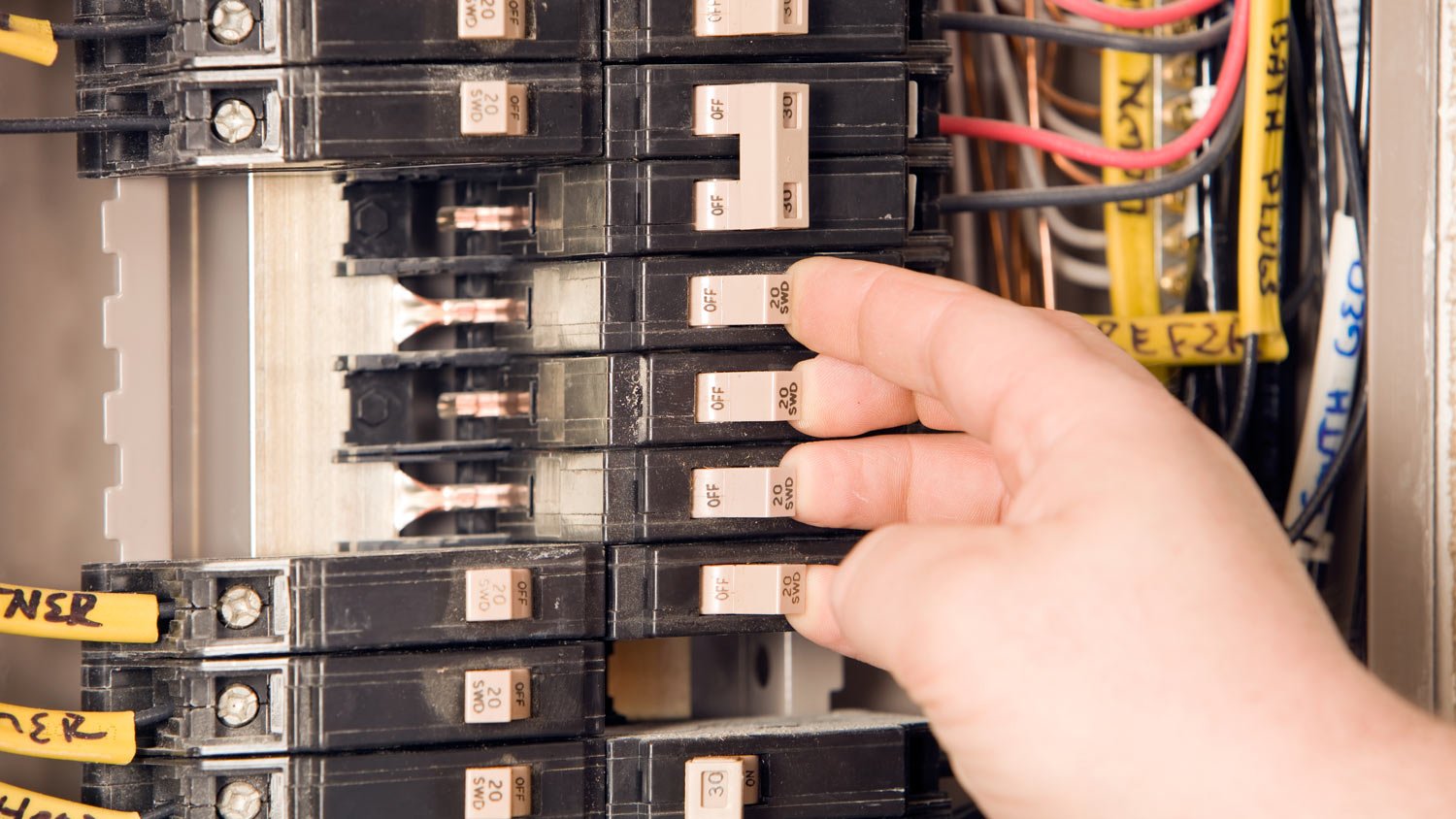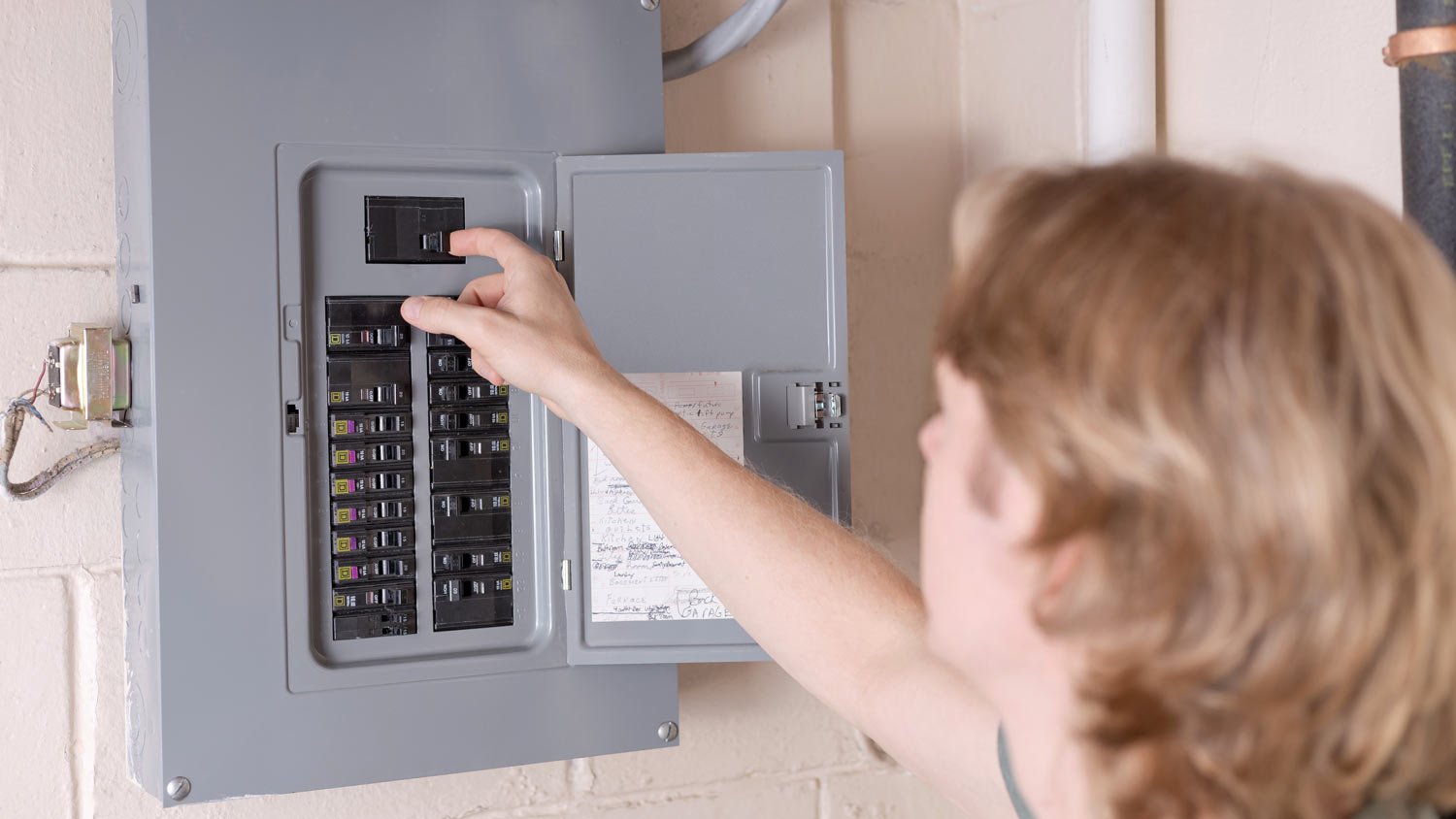
Find out how much it costs to install a cable outlet for TV or internet. Our expert guide breaks down the costs involved in installing a new coaxial outlet and explores how you can save and if you can do this project yourself.
Guide the main decision for your electrical system


Main lugs connect subpanels, while main breakers control and shut off power for the entire system.
Main breakers provide overcurrent protection, preventing electrical fires; main lugs rely on upstream breakers for safety.
Main breakers can shut off all power simultaneously; main lugs require an external disconnect for complete power shutoff.
Main breakers allow for easy circuit additions; main lugs often require conversion to a main breaker for adding circuits.
Whether you're building a new home or upgrading your electrical system, knowing the difference between a main lug vs. main breaker is key for safety and electrical code compliance. This guide breaks down the key differences to help you choose the best option for your needs.

Main lugs and main breakers serve distinct roles in distributing power throughout an electrical system. However, they operate differently: A main lug acts as a connection point for channeling energy, typically between subpanels, whereas a main breaker controls the different types of circuit breakers throughout a building, allowing power to be shut off at once. Each subpanel connected by a main lug can have its own breakers without a main breaker, while the main lug itself does not include breakers and can’t shut off power simultaneously.
Safety is another major difference between a main lug vs. main breaker. A main breaker connects and disconnects power, plus it acts as a protective shield against overloads and overcurrents. Main lugs don’t have the same built-in protection.
| Type of Difference | Main Lug | Main Breaker |
|---|---|---|
| Application | Connects subpanels | Main power |
| Overcurrent Safety | No protection | Protects |
| Shutoff | Custom by circuit | Shut off all power |
| Installation | More complex | Less complex |
| Code Compliance | Not required | Typically required |
| Adding Circuits | May require upgrade | Easily add circuits |
| Cost | Less expensive | More expensive |
Main lug panels are typically used as subpanels, while main breaker panels are used as the primary electrical panel in a system. Main lug panels are ideal for situations where there is already a main breaker upstream of the current, whereas main breaker panels are best for standalone installations where no other main breaker is present.
Main breaker panels have a built-in main breaker that provides overcurrent protection for the entire electrical system, which can help prevent electrical fires and other hazards. Main lug panels rely on an upstream breaker for overcurrent protection, which means the safety of the system depends on the correct installation and operation of that upstream device.
A main breaker is the central hub for an entire electrical system, meaning it can simultaneously shut off all circuits for safety or maintenance reasons. Similar to the function of circuit breakers, which cut off power to individual circuits, a main breaker cuts off the entire power supply in buildings. A main lug, on the other hand, cannot cut off all power at once—instead, it requires some sort of external disconnect to shut off power.
Main breaker panels are easier to install because they include the main breaker within the panel, providing an all-in-one solution. Main lug panels require the installation of an external main disconnect, which can complicate the installation process and increase labor costs.
Certain building codes or regulations might mandate installing a main breaker to ensure the safety of a building. Main breaker panels often comply with these codes more easily because they include the necessary main breaker. Conversely, main lug panels may require additional components and upgrades to meet code requirements, depending on local regulations.

Main breakers are easy to adjust and add new circuits, as they already contain a main disconnect to the power supply. Adding circuits to a main lug is more complex, often requiring converting the main lug to a main breaker.
Main lug panels are less expensive upfront because they do not include a main breaker. However, the overall cost can increase if additional components, such as an external disconnect, are needed to meet safety and code requirements. Replacing an electrical panel costs $520 to $2,120. These components have a higher initial cost but provide a complete solution with built-in protection against overcurrent, which can potentially reduce the long-term costs associated with safety and code compliance.
Powerworks, LLC first, I had my electrical panel replaced that needed to be updated to code. Powerworks was my 5th quote. I was looking for the lowest price technically acceptable. The technicians were on time, courteous, and friendly. I had many questions and the technicians took the...
We had a burnt outlet and had electrical concerns. Calvin,the owner of CAB, took my call the same day and fixed and addressed all electrical concerns on the spot! Great service 5 stars!
Simpson Electric was awesome. They called me promptly. Showed up on site the next day, did a complete assessment of the options available to me and gave me a free quote. They sent me a write estimate to review in write to support a sound decision. Once I accept there offer for work to be...
Did a great job on my electrical work.Price was fair .
Outstanding! I have nice lighting with the high electric bill. He worked out a quick estimate and performed some difficult tasks at a great estimate. I recommend everyone one deal with Got Light Electric. He is a small business with big business expertise.
Veteran Tree Service was great! Immediate response, received quote next day. No pressure and did not come off as salesy in any way. Very consultative. Team was prompt and quick. Cut down five trees and cleaned up in 4 hours. I highly recommend ð
Bailey Electric is the best electrical company that I have ever worked with. Everyone there is very respectful , professional , knowledgeable and willingness to help. These are reflections of the owner Personality and how they feel about their clients and staffing . Just good people all...
Leo made sure we were happy throughout the project and would ask questions to make sure we were on the same page. He would also offer suggestions based on his experience that was very helpful.
It went very well S&S Electric went above and beyond making sure the trims fit and that I was happy/satisfied with the finished product.
We feel so lucky to have found Mirna and her team, who now come on a weekly basis to clean and to help with laundry. The initial deep clean was stunning. And, the weekly housekeeping has been terrific. They do a great job!
From average costs to expert advice, get all the answers you need to get your job done.

Find out how much it costs to install a cable outlet for TV or internet. Our expert guide breaks down the costs involved in installing a new coaxial outlet and explores how you can save and if you can do this project yourself.

Wondering about the cost to ground a house? Pricing depends on the material of the rod and how much the electrician charges per hour.

The cost to install a 240-volt outlet varies depending on the amperage and the home’s current wiring conditions. Use this guide to budget for your next project.

When you want to control one light fixture from two switches—usually at either entrance to a hallway—you’ll need a three-way switch. It’s more complicated than installing a single switch, but an electrician can stall one for you easily.

Wondering who to hire for electrical work on home additions? Compare electricians and electrical contractors to see how pros get the job done.

Learn a new skill and find out how to wire a light switch (safely) in your own home. This is one project that’s sure to light up your day.